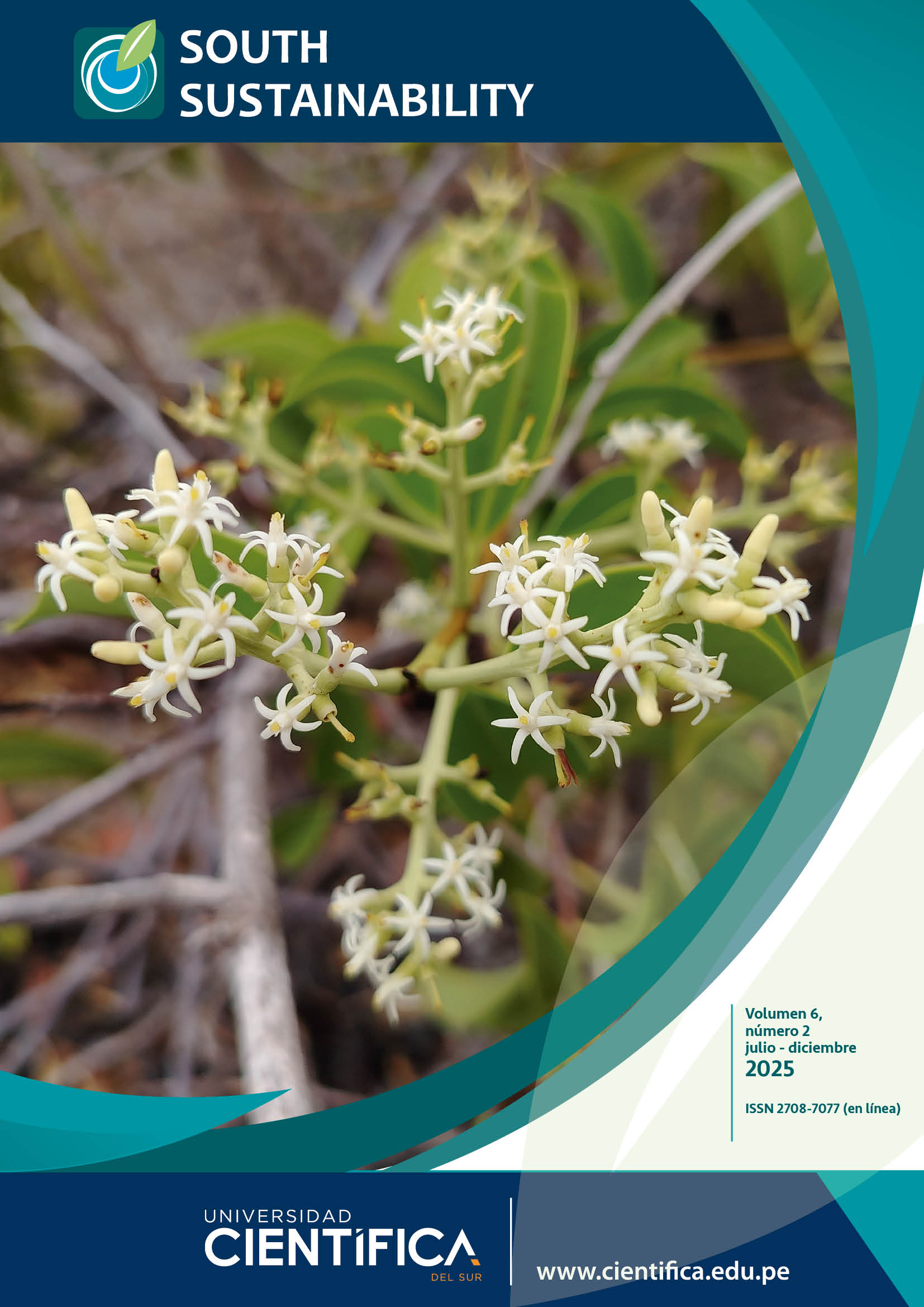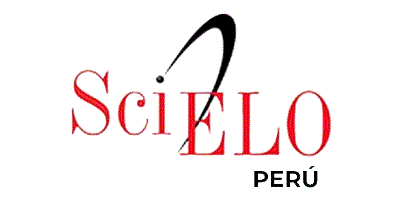Sustainable Treatment of Dairy Industry Effluents by Electrocoagulation
DOI:
https://doi.org/10.21142/SS-0602-2025-e132Keywords:
electrocoagulation, dairy industry, DQO, DBO5, SSTAbstract
The aim of this study was to determine the optimal parameters for electrode distribution, electric current and treatment time, in order to achieve the efficient treatment of dairy effluents using the electrocoagulation process. Using the Taguchi L9 (33) experimental design, which considers three factors at three different levels, the study focused on the efficient purification of dairy effluents by electrocoagulation, identifying the key parameters that improve the reduction of pollutants. The results indicate that the ideal conditions for electrocoagulation include a current of four amps, a treatment time of 10 to 20 minutes, and Al:Fe or Al:Al electrode configurations. These conditions were found to maximize efficiency in reducing biological oxygen demand (BOD5), chemical oxygen demand (COD), and total suspended solids (TSS). In conclusion, the findings of the study suggest that focusing on these parameters is crucial for the optimization of dairy effluent treatment, thereby contributing to more sustainable practices within the industry.
Downloads
Published
Issue
Section
License
Copyright (c) 2025 Wilber Quispe, Patricia Quispe

This work is licensed under a Creative Commons Attribution 4.0 International License.













